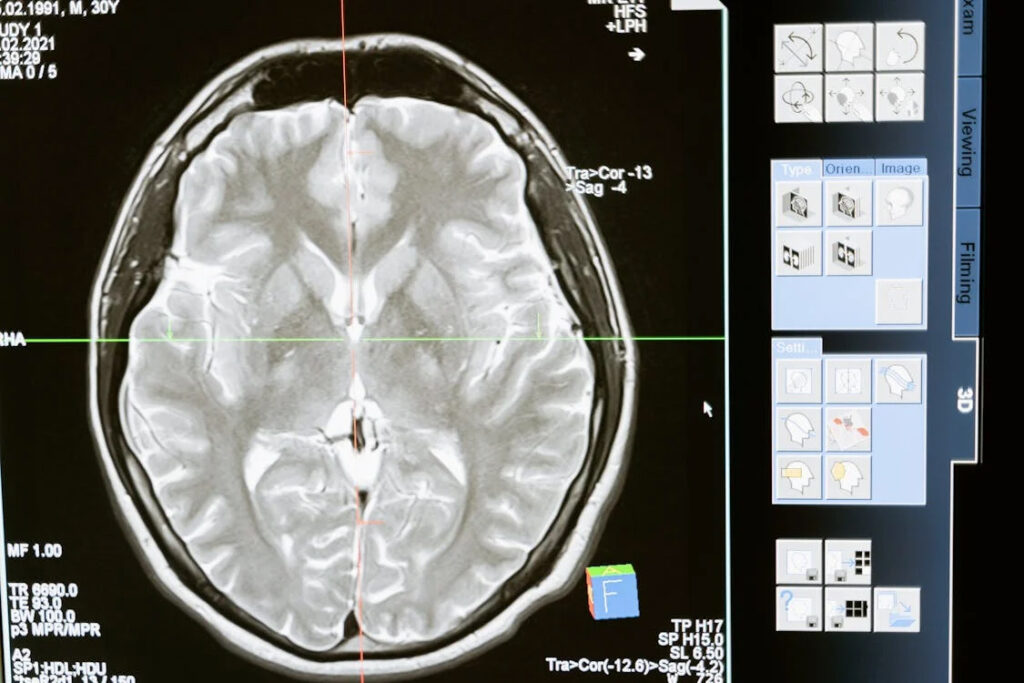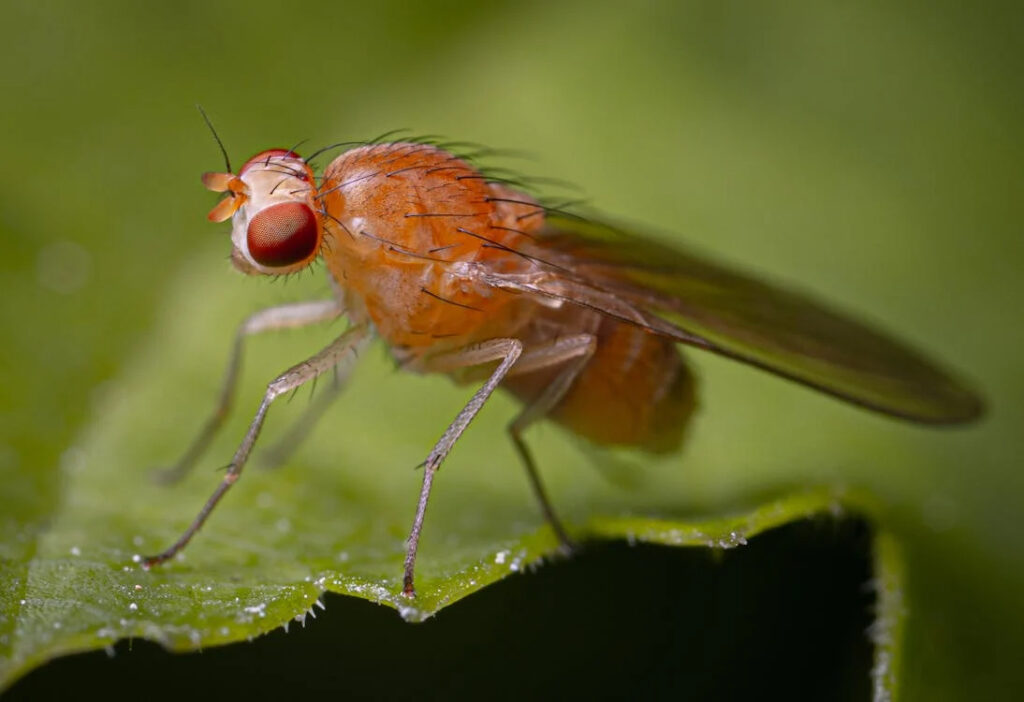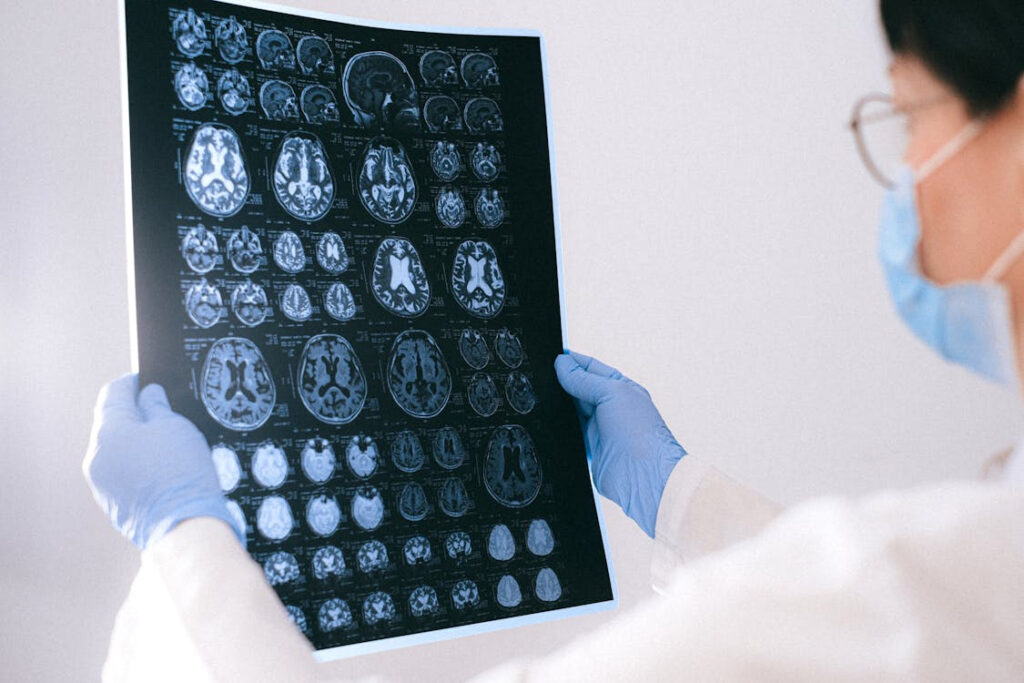AI and Connectome Mapping Unlock New Insights into Brain Cell Activity
Scientists’ understanding of brain function is being revolutionized by a novel technique integrating artificial intelligence (AI) with connectome mapping. Without direct observations from a live brain, researchers have created a technique to forecast the behavior of neurons. With just the neural connections traced from the visual system of the fruit fly, this development has the power to transform the research of brain activity and behavior. With this innovative approach, brain research should have a fresh perspective and hitherto unheard-of insights should be unlocked.
Predicting Neuron Activity Without Direct Measurement
Traditionally, neuroscientists have relied on laborious and time-consuming methods to observe neuron activity in live animals. These experiments have provided valuable insights into brain function, but much of the brain remains uncharted. Now, using AI and the connectome—a detailed map of neuron connections—researchers have simulated neuron activity with remarkable accuracy. This technique allows for predictions without requiring invasive measurements, offering a faster and more comprehensive understanding of brain circuits. The combination of AI and connectome mapping streamlines the process, making it both less invasive and more efficient.
Simulating the Fruit Fly Visual System
The researchers focused on the fruit fly’s visual system, using AI to create a detailed simulation of neuron activity based on the connectome. Although they lacked precise measurements for each neuron and synapse, they applied deep learning methods to infer the necessary parameters. The model accurately predicted the activity of 64 types of neurons, matching the results of more than 20 years of experimental studies. This validation underscores the power of AI to model even the most complex biological systems. This simulation not only mirrors decades of research but also provides an invaluable tool for future neurological experiments.
Unveiling New Possibilities for Brain Research
One of the most exciting aspects of this research is its ability to reveal unknown details about brain circuits. By simulating neuron activity through the connectome, researchers identified previously unknown neuron types involved in motion detection, opening new avenues for study. This model can now simulate various experiments, generating predictions that can be tested in the lab. The predictive power of this model paves the way for future discoveries, offering a roadmap for uncovering previously hidden brain functions.
Bridging the Gap Between Connectome and Brain Dynamics
While the connectome provides a static map of neural connections, real-life brain dynamics are far more complex. The team’s new model offers a strategy for bridging this gap by transforming static data into dynamic predictions of brain activity. In the case of the fruit fly visual system, this model successfully demonstrates how connectome data can be used to understand living brain computation. This breakthrough highlights a vital step in decoding how the structure of the brain relates to its function, marking a significant milestone in neuroscience.
The fusion of AI and connectome mapping represents a major leap forward in brain research, providing new ways to predict neuron activity without invasive procedures. By creating a model that accurately simulates brain activity, researchers have unlocked new possibilities for exploring brain function and behavior. This innovation is set to transform neuroscience, offering a powerful tool for understanding the complexities of the brain. As the field continues to evolve, this approach may become the foundation for more advanced and precise neural research.


